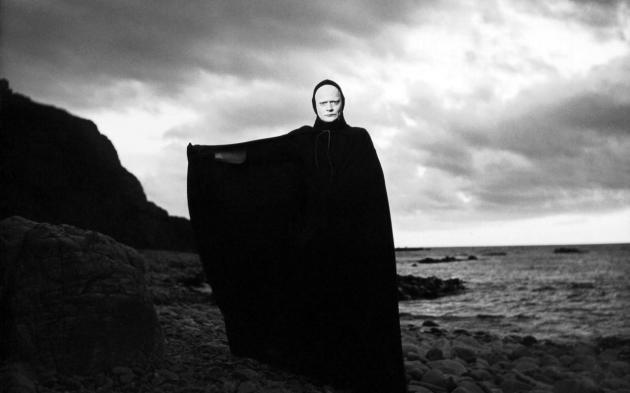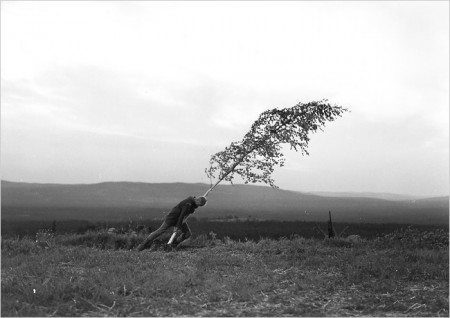Ingmar Bergman & the Weather of Human Souls
September 17, 2016 Leave a comment
Recently, I’ve been thinking a lot about cinema and how the use of weather is used to create and construct metaphoric meaning, and to drive and shape narrative. Ingmar Bergman, the master filmmaker, comes immediately to mind.
Most of Bergman’s films were shot on his beloved island of Fårö, just off mainland Sweden’s southeastern coast in the Baltic Sea, where he made his home for many years. All one need do to understand this is to look at some of his films:

The foreboding dark clouds of impending storm: Death in The Seventh Seal

Fog in The Seventh Seal

Virgin Spring

Sparkling sunlight in Summer Interlude

The abandon, wildness and intensity of the wind in Summer Interlude
Bergman was a genius at using landscape and weather to depict interiority. For Bergman, it wasn’t the weather on the outside, but the inside.
“Most of Bergman’s films were about the plague of the modern soul — the demons and doubts, secrets and lies that men and woman evaded but were forced to confront. This agonized Swede was a surgeon who operated on himself. He cut into his own fears, analyzed his failings, perhaps sought forgiveness through art. When he died at 89 [July 2007], he left behind him a worldwide colony of devotees, and a collection of spare, severe dramas unique in their intensity and impact. He must have been surprised at the acclaim for works so personal, they seemed like primal screams, picking at the scabs of his psyche. His films spoke not just to the self-absorption of the therapy generation, but to the human quest to discover the worst and the strongest about ourselves, to make that journey into the darkness with no guide but our need to know.” (Richard Corliss, Time, 7/30/07)
But the greatest insight into Bergman’s oeuvre, for me, was by the late, great, Roger Ebert in his review comparing Bergman’s Cries and Whispers with William Friedkin’s The Exorcist. In a December 26, 1973 review Ebert writes about Bergman’s films stating they “are about the weather of the human soul, forcing us to look inside, to experience horror, to confront the reality of suffering.”.